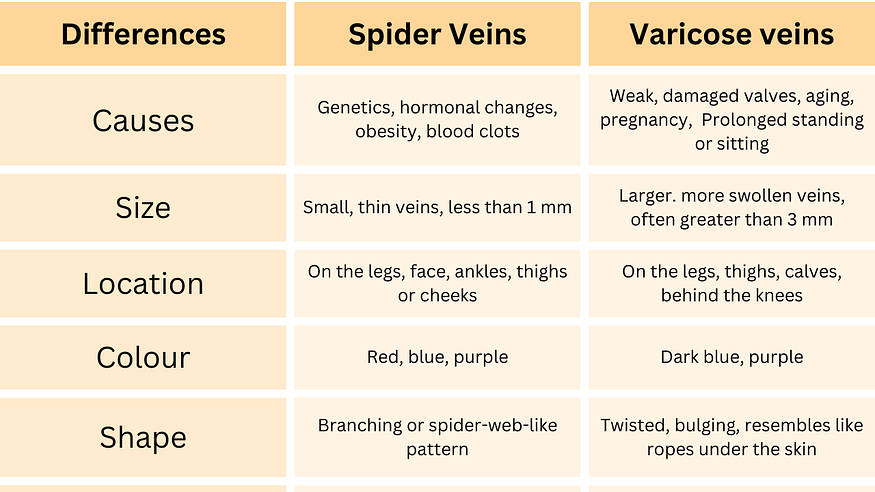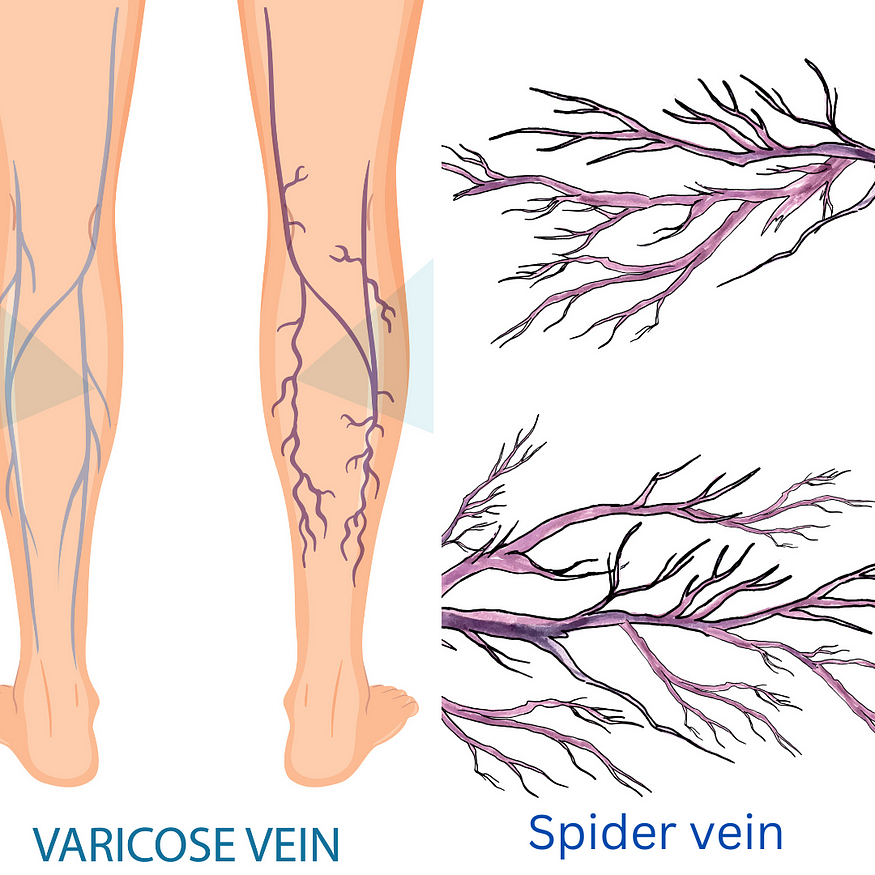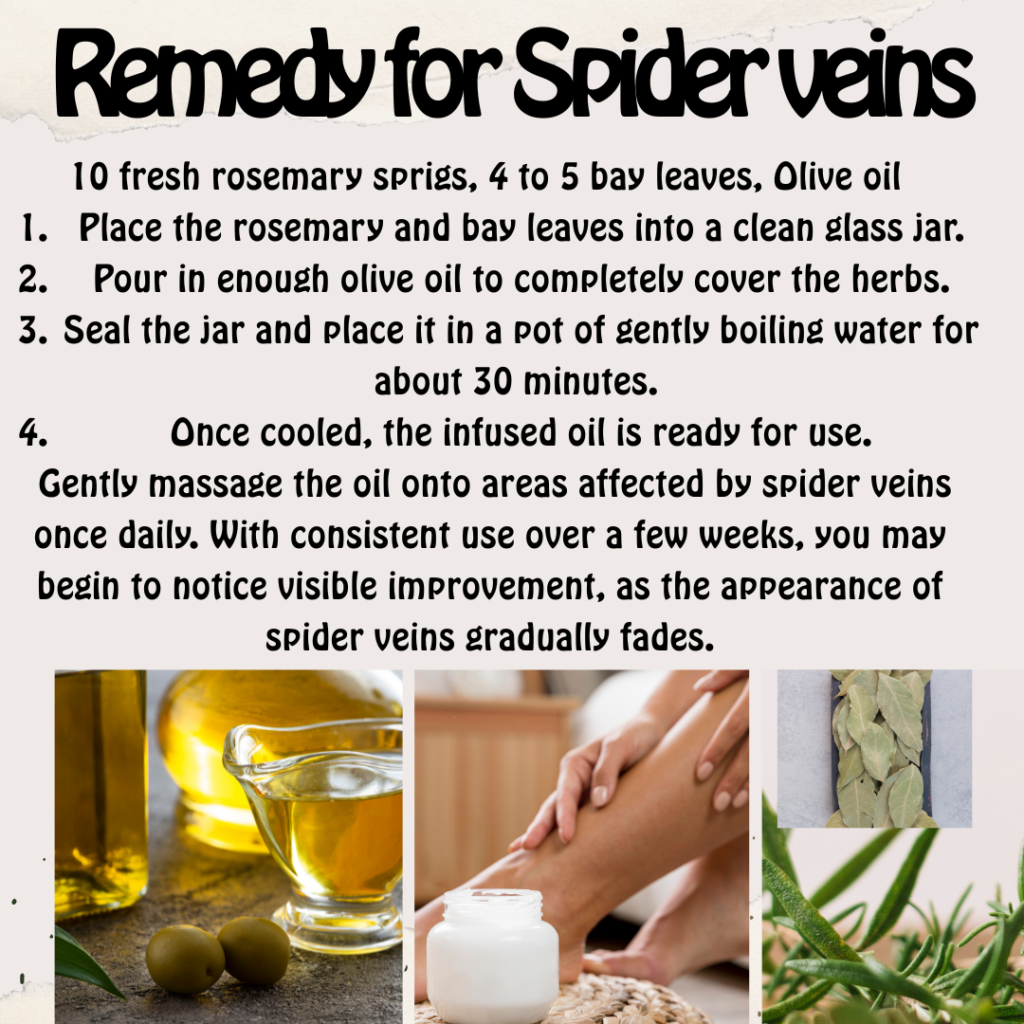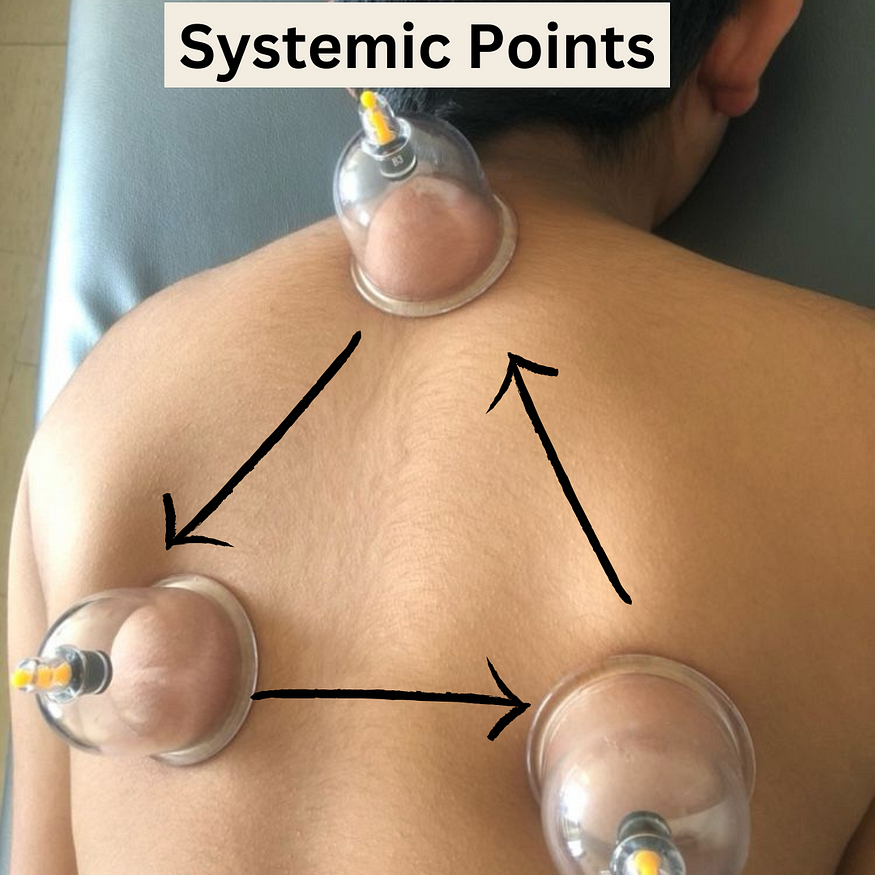No products in the cart.
The Efficacy of Hijama Cupping Therapy for Spider Vein Treatment
Spider veins are often harmless; consult a healthcare provider if they cause significant pain, swelling, or discomfort.
What Are Spider Veins?
Spider veins are small, dilated blood vessels that appear near the surface of the skin. They often resemble thin, web-like lines or branches and are typically red, blue, or purple. Spider veins are commonly found on the legs but may also appear on the face and body. These veins are harmless but can be a cosmetic concern for many people.
Symptoms of Spider Veins
- Visible appearance of the veins
- Swelling or a feeling of heaviness in the affected area
- Itching or burning sensation around the spider veins
- Aching, throbbing, or cramping in the area where the veins are located
Risk Factors/Causes for Spider Veins
Several factors can increase the risk of developing spider veins:
- The risk increases with age, as veins can weaken and lose elasticity over time.
- Women are more likely than men to develop spider veins due to hormonal changes during pregnancy, menstruation, or menopause.
- A family history of spider or varicose veins increases the likelihood of developing them.
- Hormonal changes and increased blood volume during pregnancy can lead to the formation of spider veins, especially in the legs.
- Being overweight puts extra pressure on the veins, which may lead to the development of spider veins.
- Occupations or activities that involve standing or sitting for long periods can increase the risk.
- Birth control pills or hormone replacement therapy may contribute to the development of spider veins.
- Spider veins are caused by the weakening or damage of the valves of veins, leading to poor blood circulation.
- Excessive sun exposure can cause blood vessels to dilate and break down, leading to facial spider veins.
Difference Between Spider and Varicose Veins
Spider and varicose veins are both types of venous insufficiency (a condition where the veins have difficulty sending blood back to the heart). Still, they differ in appearance, severity, and symptoms.


Home Remedies for Spider Veins
- Elevation: Elevating your legs can help reduce the pressure on your veins and improve blood circulation.
- Compression stockings: Wearing compression stockings can help prevent the veins from worsening by applying gentle pressure to the legs and improving blood flow.
- Exercise: Regular physical activity, especially walking, swimming, or cycling, can improve circulation and strengthen the muscles in the legs.
- Apple cider vinegar: Some people believe that apple cider vinegar can help reduce the appearance of spider veins by improving circulation. Apply it topically to the affected area and massage it gently.
A healthy diet can’t entirely prevent or treat spider veins, but certain nutrients can improve blood circulation, strengthen blood vessels, and support overall vascular health. Here are some dietary tips that may help:
1. Foods Rich in Vitamin C: Vitamin C is important for collagen production and the health of blood vessel walls. It helps strengthen blood vessels, which may reduce the appearance of spider veins. Examples include Citrus fruits (oranges, lemons), strawberries, bell peppers, broccoli, kiwi, and spinach.
2. Foods Rich in Bioflavonoids: These are antioxidants that help strengthen blood vessel walls and improve circulation. Rutin, in particular, is known for supporting vein health. Examples are apples, onions, citrus fruits, cherries, and grapes.
3. Omega-3 Fatty Acids: Omega-3s help reduce inflammation and improve blood circulation, which is beneficial for vein health. Examples include fatty fish like salmon, mackerel, and sardines; flaxseeds; chia seeds; and walnuts.
4. High-Fibre Foods: A fibre-rich diet can help with digestive health and prevent constipation, which can occur due to increased pressure on veins, particularly in the legs. Examples are whole grains, beans, lentils, vegetables, fruits, and nuts.
5. Magnesium-Rich Foods: Magnesium helps relax the blood vessels and may improve circulation. Examples are leafy green vegetables (spinach, kale), avocados, almonds, and bananas.
6. Anti-Inflammatory Foods: Chronic inflammation can contribute to vein health issues, so it’s important to incorporate anti-inflammatory foods into your diet. Examples include turmeric (curcumin), ginger, tomatoes, olive oil, and berries.
7. Avoid Excess Salt: Too much salt can contribute to water retention and swelling in the legs, and worsen the appearance of spider veins. Try to limit sodium intake, especially from processed foods. Focus on fresh, whole foods and use herbs and spices for flavour instead of salt.
8. Antioxidant-Rich Foods: Antioxidants can help reduce oxidative stress and support healthy blood vessels. Examples are berries (blueberries, raspberries, blackberries), green leafy vegetables, and nuts.
Water and Hydration
Staying hydrated is essential for overall circulation and preventing blood from becoming too thick. Proper hydration supports healthy blood flow, which is crucial for vein health. Drink plenty of water throughout the day and limit sugary drinks and excess caffeine. Drinking alcohol can weaken blood vessels and contribute to poor circulation.

Natural Therapies for Spider Veins
- Cayenne Pepper: Cayenne pepper contains capsaicin, which is thought to stimulate blood flow and improve circulation, possibly reducing the appearance of spider veins over time.
- Grape Seed Extract: Grape seed extract is rich in antioxidants that can support vein health and improve circulation. It may help reduce inflammation and promote stronger veins.
- Witch Hazel: Witch hazel contains tannins that can help tighten skin and reduce the appearance of spider veins. It may also help with swelling and discomfort.
- Essential Oils: Certain essential oils, like lavender, cypress, and geranium, are believed to improve circulation and support vein health. These oils can be diluted with a carrier oil and massaged into the affected area.
5. Hijama Cupping Therapy
Hijama cupping therapy is an ancient practice that involves creating suction on the skin using cups to draw blood to the surface. It is traditionally used in various cultures for pain relief, detoxification, and promoting general well-being. Regarding spider veins, some people turn to hijama as a potential alternative therapy to improve circulation and relieve discomfort.
How Hijama Works For Spider Veins:
Cupping therapy involves placing cups on the skin, which creates a vacuum or suction effect. This suction stimulates blood flow in the area where the cups are applied. The idea behind cupping is that it can help improve circulation by drawing stagnant blood to the surface and promoting healing. For spider veins, cupping might help stimulate better circulation in the affected area, potentially reducing the appearance of the veins or providing relief from discomfort. Cupping detoxifies the body by improving lymphatic drainage and removing waste products.
Moving cupping, cluster cupping, and wet cupping therapy are equally effective for spider veins. However, it may be hazardous to place cups directly on the spider veins. Targeting systemic points at the back can improve an individual’s blood circulation. Cups can also be placed close to the veins to treat the heaviness and cramping pain in the affected area. Spider veins are caused by poor circulation, and Hijama cupping therapy improves blood circulation.

Potential Benefits for Spider Veins:
- By enhancing blood flow in the area, cupping reduces pressure on the veins and improves vascular health.
- Cupping relieves leg aches, heaviness, and discomfort that can accompany spider veins; it may also help reduce swelling and encourage better blood flow.
- Cupping therapy may help relax the muscles, reducing the stress on veins, especially if spider veins are causing discomfort from prolonged standing or poor circulation.
Hijama cupping therapy temporarily relieves the discomfort associated with spider veins, such as leg heaviness or fatigue, by promoting blood circulation. However, it is not a proven treatment for spider veins. Maintaining a healthy lifestyle, including proper diet, regular exercise, and wearing compression stockings, will be more effective in managing spider veins.




Leave a Reply